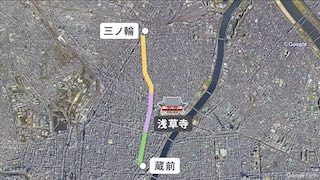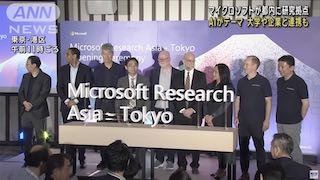Mar 08 (Nikkei) - One of the world's largest facilities for producing clean-burning hydrogen marked its opening on Saturday, in a demonstration of northeastern Japan's revival from the devastating 2011 earthquake and tsunami.
Located in the town of Namie, just north of the ruined Fukushima Daiichi nuclear power plant, the solar-powered hydrogen station can produce enough gas to fill 560 fuel cell vehicles a day.
Prime Minister Shinzo Abe attended the opening ceremony for the government-backed project, which involves Toshiba, Tohoku Electric Power and natural gas distributor Iwatani.
For Abe's government, the effort's tie-in with the Olympic Games offers a high-profile chance to counter criticism of foot-dragging in the fight against climate change. Japan has taken heat for its reliance on coal-fired plants and its funding of them overseas.
The partners look to eventually transplant the hydrogen production technology abroad.
"Hydrogen can be produced in other countries with lower renewable energy costs and shipped to Japan," said Iwatani executive Manabu Tsuyoshi.
A Toyota fuel cell vehicle. Liquefied hydrogen is easier to transport and can be immediately used as fuel for cars or electricity generation. © Reuters
The country still faces higher generation costs for renewable energy than for thermal or nuclear power.
Officially named the Fukushima Hydrogen Energy Research Field, the facility will serve as a proving ground for technology developed by the New Energy and Industrial Technology Development Organization, a Japanese government agency. Project costs total about 20 billion yen ($189 million).
The facility makes hydrogen by decomposing water, using electricity generated from its solar power plant. It contains a total of 20 megawatt capacity of solar panels in an area of 180,000 sq. kilometers in Fukushima Prefecture.















